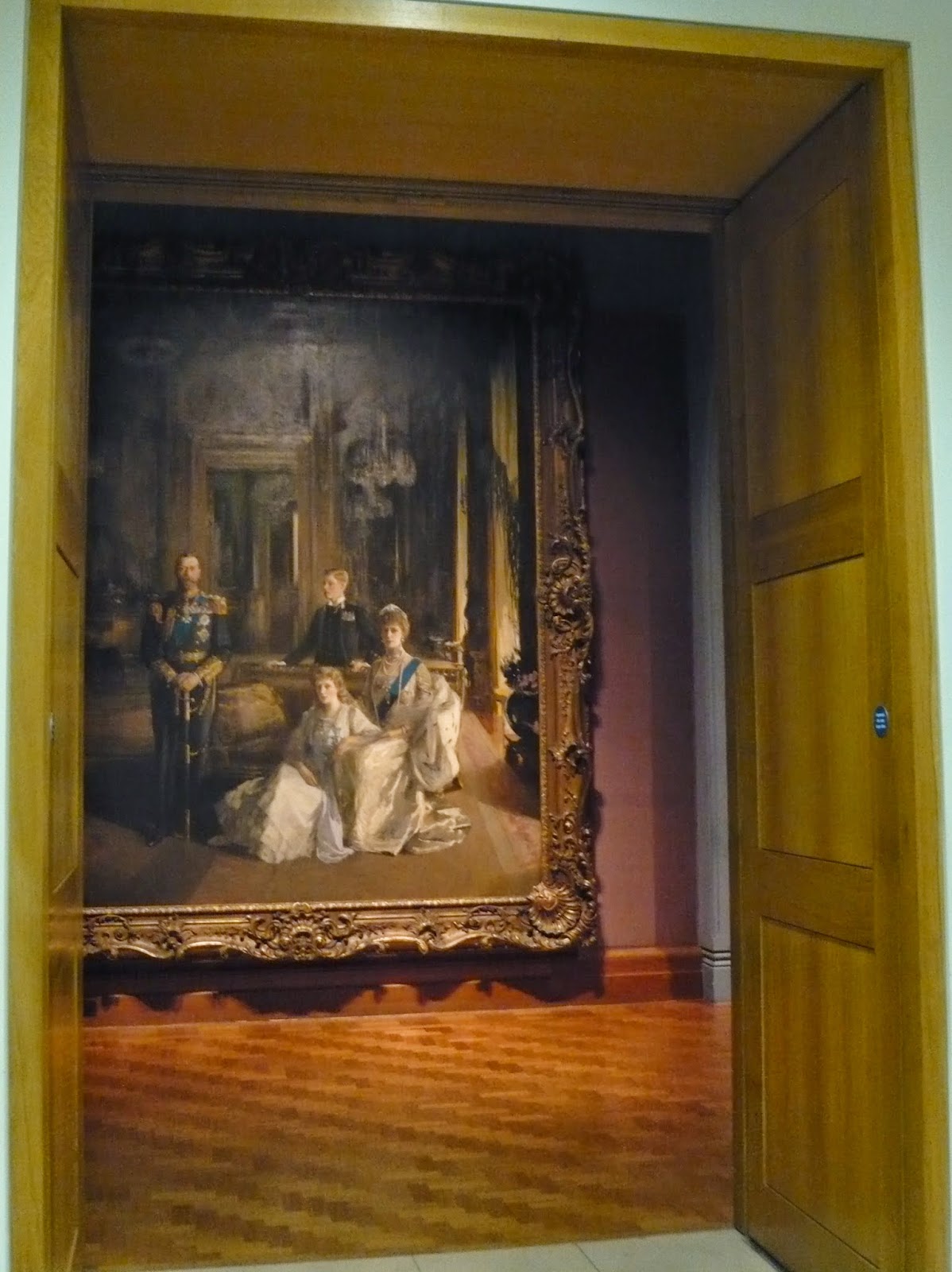Designs of the Year is now in its seventh year at the Design Museum.
It features the best in design across seven categories:
Architecture, Product, Fashion, Furniture, Graphics, Digital and Transport.
We went to see it, all six of us, ranging in age from eleven to forty-seven.
I mention our ages, as what you consider to be good design or simply a waste of space,
does vary according to your age group.
One of the first designs you see is this electric powered concept car, where the body is made from polystyrene, and the interior uses alot of bamboo, making the car very light weight and energy efficient.
The car looked great but I couldn't help harking back to all the useless, yet very entertaining, uses of polystrene when you were a kid. For example poking holes in it, breaking it into tiny pieces that were impossible to clear away as static sent them buzzing in the opposite direction from any hoover, plus the squeak that it made, that set your teeth on edge, when you rubbed pieces together.
I wondered how long this car would be out on the street before someone began to mess about with the bodywork. It did look very inviting and playable with.
There is a winner in each category and you are invited to choose
and vote for your favourite design.
and vote for your favourite design.
That's where the age difference caused a problem.
We had one voting slip and one pencil.
What were we going to vote for?
This 3D printer won approval.
It prints with liquid resin.
"You know they're selling them? We should get one. It says they're affordable,"
said one child hopefully.
These Clever Caps have been designed to reduce waste.
Instead of being thrown away they can be washed
and added to your child's collection of building blocks.
They're compatible with a very famous make of building blocks.
A design much appreciated by our eleven year old son.
I can see where this is going. How many would you need to build a Union Jack box?
"What if all the drinks were horrible? What if those bottle tops were only available on drinks that were bad for you with too much sugar and too many additives?"
"Ah but what if they made ALL drinks use the same bottle top?"
replied our fourteen year old.
This is mobile phone app is called 'Generations Game'.
Great name, lost on our kids.
Impossible to finish in a lifetime, it designed to be played over many centuries.
Obviously the game will outlive you, let alone your phone,
so it is designed so that you can choose who inherits your game, when you die.
"That's a rubbish idea!"
said a frustrated dad who's has enough hassle trying to limit screen time.
These are Behaviour Changing Syringes.
When exposed to the air, they change colour and the unsafe use of syringes accounts for 1.3 million deaths, 15 million Hepatitus B infections and 5% of all HIV infections globally.
"Brilliant idea!" exclaimed a forty seven year old, ever practical.
However, slightly overlooked by his kids.
Good design?
Watches for the blind and the sighted.
Appreciated by father and son.
This is a font designed to be easy to read by children with dyslexia.
A font to teach handwriting,
not appreciated by our seventeen year old,
"There's no point in joined-up writing."
Another font. Chinese characters.
Characters as illustrations.
Put together in a book to help people learn Chinese, with the best name ever!
'Chineasy'.
There are 20,000 Chinese characters in the Chinese language.
A serious amount of designing had to be done, a design for each character.
This lego calendar really appealled to us.
Perhaps it's coming from a large family, the need to see what everyone is up to
and make sure you all get to where you need to be.
If you look top left, you all get your own lego character.
However this is more sophisticated than it looks.
They have designed software to not only use this on your wall, but also digitally.
An ever practical seventeen year old,
"But three months would take up an entire wall of your house".
It would but it would make a couple of us, girls who like to try and organise things, very happy.
With the majority family vote, this is what we voted for.
So what is good design?
I'd say it depends on who's asking.
Who's choosing.
The public are voting for their favourite design
at Designs of the Year 2014, at the Design Museum.
You can see from this graph who's winning so far.
But as they say, the proof of the pudding is in the eating.
It's all very well voting, no strings attached.
But when it came to choosing, and spending your birthday money,
putting your money where your vote was,
our eleven year old son bought the Chineasy book.
And taught us Chinese all the way back to Catford Bridge!
Designs of the Year 2014 is on at the Design Museum until 25th August 2014.
Details here.
Which design will you choose?





























































